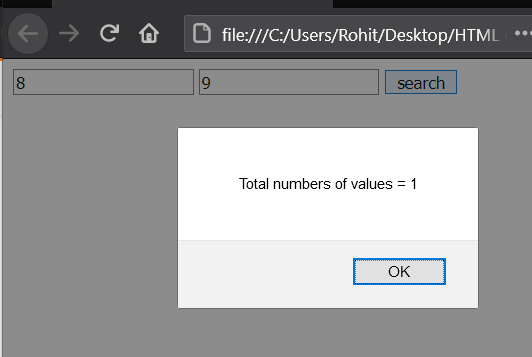

In plain English, “we are looking for zero or one non-alphanumeric characters, followed by at least one digit”, again enclosed in brackets, to make up our second new column.

The landline number is only made up of digits. The mobile numbers start with a +, a non-alphanumeric character (\W), followed by digits (\d). Next, the phone numbers: we have two mobile numbers and one landline to consider, with slightly different formats. We can enclose this expression in brackets to let Alteryx know that matches for this expression should form the first of our three new columns. In very plain English, the expression we have built so far tells Alteryx “we are looking for some letters at the start of the string, followed by maybe a hyphen and maybe some more letters”. To include the last few letters of Jean-Luc’s name, we can finish off this expression by stating that there will be zero or more word characters after the hyphen (\w*?). We can use a wildcard character for things like hyphens (.), and since there are no hyphens in the other two names, we should use the non-greedy zero or more quantifier (*?) to tell Alteryx that there might or might not be a character after our first few letters. However, Jean-Luc’s name has an inconvenient hyphen in it: we’ll need to take this into account too. We can use the start anchor (^), the word character (\w), and the non-greedy one or more quantifier (^?) to start building out our expression. The names Angie and Greg are made up of one or more word characters (or 'alphanumeric' characters), and come at the start of the whole string.
REGEX FOR NUMBER I FREE
To work through this problem, I used the free regex101 tool to test my pattern out on the three text strings, and use their helpful reference pane to figure out a solution. Here, however, we want to create a new column for first name, phone number, and email address: we will need to use the Parse tool instead. Tokenize can be used to find all matches for one specific string for example, if we had multiple phone numbers in each row in similar formats, we could put every phone number into a new column. Note: there are two output options in the RegEx tool that allow us to create new fields containing the contact info we want to use. However, there is no common delimiter between the three rows: the Text to Columns tool is no good, so let’s use the RegEx tool here. Here we have an example of some messy strings that contain a first name, a phone number, and an email address in order to use this data we will need to split out the strings. In many cases, our first port of call for separating out strings will be the Text To Column tool, but what should be use when there is not an obvious delimiter to use in this tool? Example: messy strings with contact information Sometimes we might want to separate out parts of a string into new fields.

We have the option of using the REGEX_Match, REGEX_CountMatch, or REGEX_Replace functions within the formula tool to complete these tasks. Using RegEx in Alteryx, we can look at strings of text and try to find matches for specific patterns of characters, or replace parts of the string that match our patterns.
REGEX FOR NUMBER I SOFTWARE
If you’re use to do it in exel, and you don’t write python, it might be faster to copy/paste each number (or you can do it once, I don’t know) in exel to do it.‘RegEx’, or the Regular Expression, is used across many programming languages and software packages.

(you can bind this to a shortcut for example, but if you want to use this only once, it doesn’t worth it) You just need to save this in Packages/User/occurences_counter.py, open up the console ( View -> Show Console), and paste this in: n_command('occurences_counter'). ssage_dialog('The 4 numbers that occurs the most are' + res) Res = ','.join( for occurence in counter.most_common(4)]) # (you can leave it as a string), it's just because it's kind of cleaner # in your case, you don't even need to transform it into a string Regions = _all(r'\d+') # the "equivalent" of the ctrl+f When I say “select”, it’s from python: import sublimeĬlass OccurencesCounterCommand(sublime_plugin.TextCommand):


 0 kommentar(er)
0 kommentar(er)
